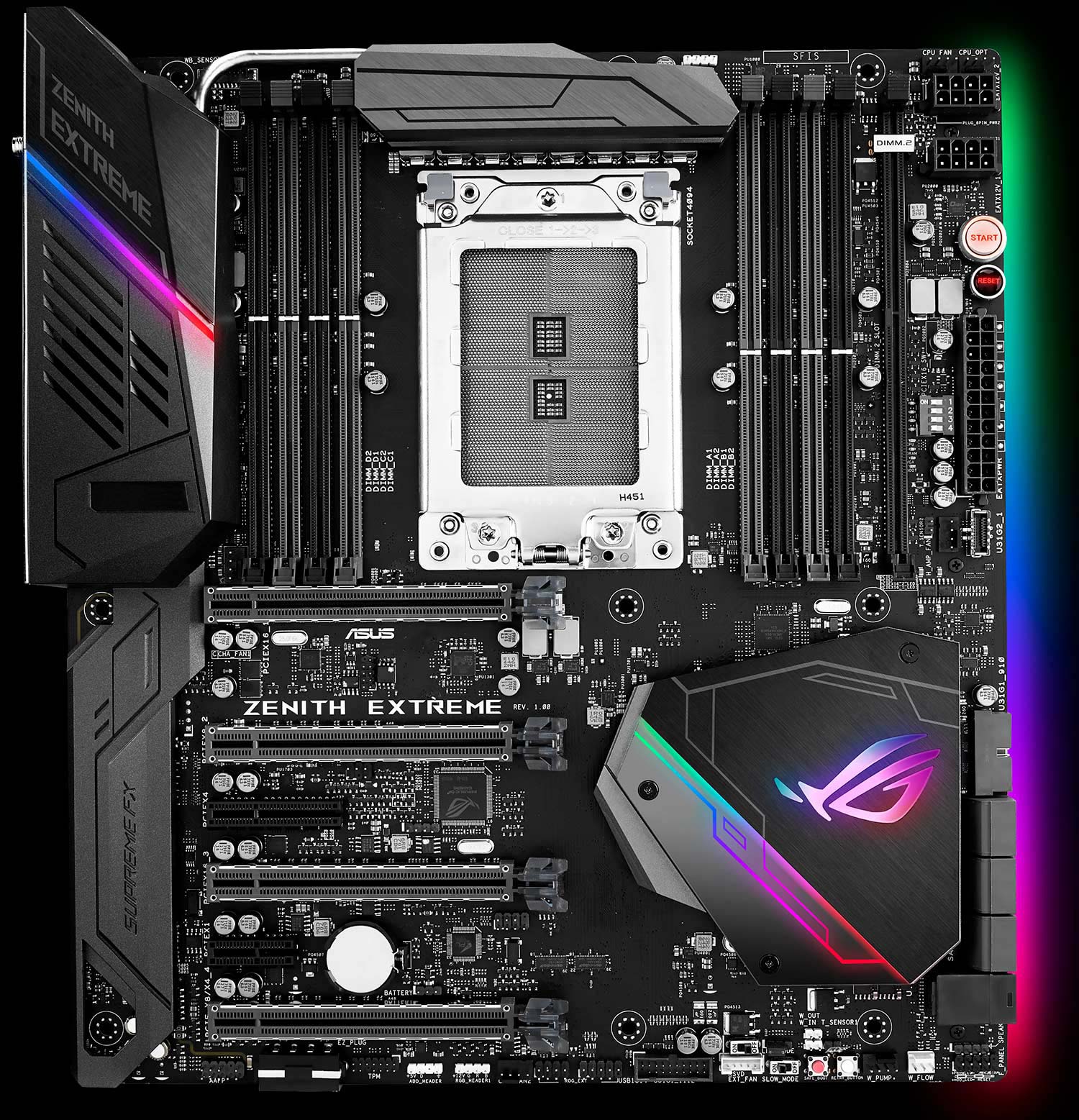sirmonkey1985
[H]ard|DCer of the Month - July 2010
- Joined
- Sep 13, 2008
- Messages
- 22,414
Nope essentially it's 128 no matter what. 2P? 128 1P? 128.
correct for 2p configuration 64 pcie lanes from each cpu while the other 64 are used as the socket interconnect so you get 64/64(128) independent pcie lanes available. what i haven't really looked into is whether it's only 1 or both cpu's connected to the chipset which would mean you're either left with 124 or 120 pci-e lanes after. i'm going to guess this is controlled by the motherboard manufactures(?).
Edit fixed a mistake.. reason 458 on why not to use a tablet when responding on a forum.
Last edited:
![[H]ard|Forum](/styles/hardforum/xenforo/logo_dark.png)

